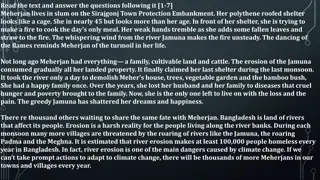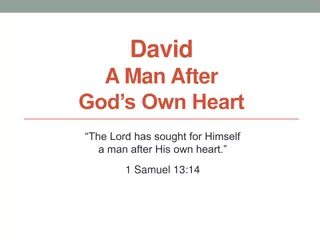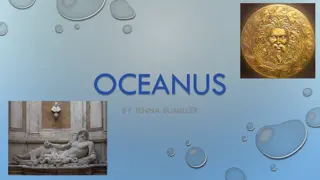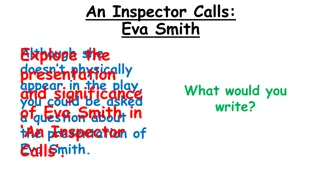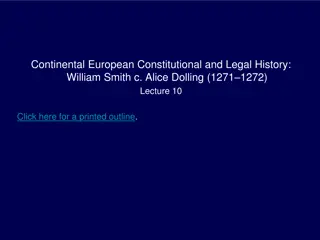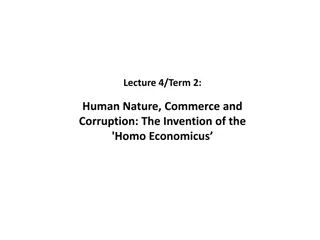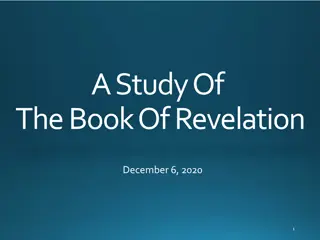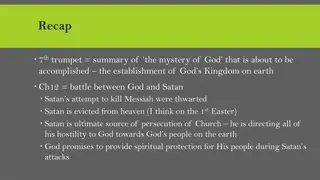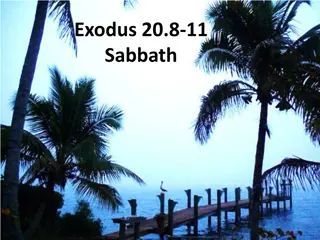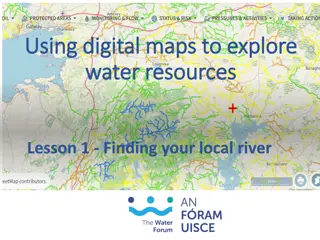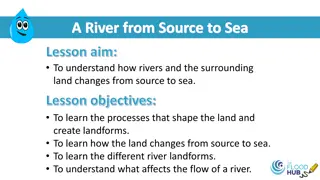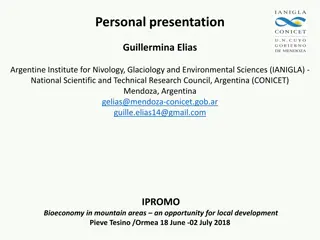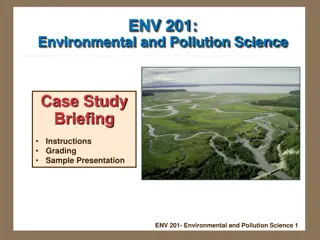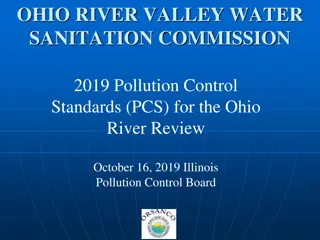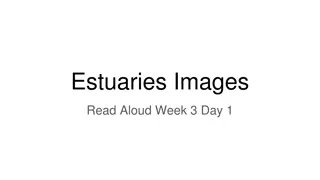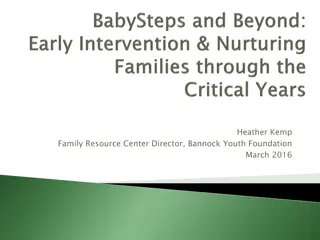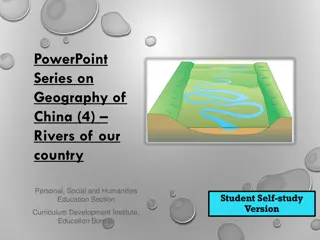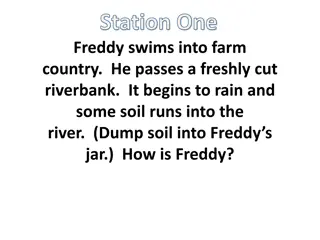Unveiling "The River God" by Stevie Smith
Exploring the structure and meaning of Stevie Smith's poem "The River God," this analysis delves into the poem's shape, speaker identification, tone, and language techniques. Through a detailed examination of the poem's content, including its assonance, rhyme, and metaphors, readers gain insight into the persona of the river god and the nuances embedded within the verses.
Download Presentation

Please find below an Image/Link to download the presentation.
The content on the website is provided AS IS for your information and personal use only. It may not be sold, licensed, or shared on other websites without obtaining consent from the author. Download presentation by click this link. If you encounter any issues during the download, it is possible that the publisher has removed the file from their server.
E N D
Presentation Transcript
The River God Stevie Smith I MUST: Identify the poem s structure and the meaning of the poem. I SHOULD: Closely analyse the poem, probing the subtext. I COULD: Evaluate the effect Smith s language, structure and form has on the reader Register Task: Look closely at the title of the poem. Analyse the words. What are the connotations?
First Impressions: Look carefully at the shape of the poem and the words that stand out. What are your predictions of the content.
Discuss: Whats in a shape? What does the shape look like? What might the poem be about? Why, do you think, the poem is one verse long? What is the effect of the different line lengths? That is, what do they seem to capture? What might the pace of the poem be during short lines? Long lines? What might this reflect?
First Reading Who is the speaker of the poem? How do you know? What is the poem about? What language techniques/ Structural devices can you find? Look for: Assonance, rhyme, mid-line full stops, onomatopoeia, modal verbs, repetition, use of personal pronouns, non- standard English, alliteration, metaphors and similes What is the tone?
Who is the speaker I may be smelly and I may be old, Rough in my pebbles, reedy in my pools, But where my fish float by I bless their swimming And I like the people to bathe in me, especially women. Who is the speaker of this poem? Explain your answer. How does the speaker later on in the poem appear childish in tone?
a a a a a a am an and and and and and and as at away away bathe bathe bathed be be be be beautiful beautiful beautiful beautiful bed bed black bless bold brought but but but but by by can cliff close clowning cold contrary dear deep do do does down drown drowning earth especially face fear fishfloatflow foolish fools for forget forgive foul go go go go golden guess have head her her her her her her here hi hi hold I I I I I I I I I I I I if in in in in in in is know lady lady lady let lies lies like long looks many many may may may me me me me me merrily my my my my my my no not not not not now now o of of of oh oh old old old on once one or original pebbles people plenty pools reed reedy river river river rough rules runs say she she she she she she she sleepy smelly smelly smooth so spirit stay stay swimming take tall the the the the the the the the their them then there there there they they they this throw time to to to to to to to too too up waiting waits was was wash water waving weed weir what where where where white who who who who wide will will will will wishes with with with with women would yih yih yippity-yap Repetition Below is a copy of The River God by Stevie Smith. It is arranged in alphabetical order. This is useful as it helps to: focus attention on individual words and word sets; identify patterns and repetition. What is the effect of this repetition?
Structure Rhyming Couplets From line 5, the poem uses rhyming couplets. Copy this table then write down some examples of rhyming couplets and explain the significance of each pair of words. Couplet Effect drowning / clowning
The effect of Double Vowel Sounds Many words in this poem have a double vowel reedy too pools fools deep weed reed smooth foolish sleepy Read the list of words and, working in groups of three, consider both the meaning and effect of these words within the context of the poem. It might help if you think about how the words affect the pace and rhythm of the lines.
Line by Line As we go through the poem line by line annotate your work and share your ideas by putting up your hand to contribute. How does this poem compare to MLD and LGS?
The River God Have you ever heard the expression Still waters run deep ? It is sometimes used to describe someone who, like a river, has a calm appearance that hides deep and dangerous undercurrents. The River God in the poem may represent this idea he is the dangerous spirit of the river that lies hidden beneath the surface.
Answering the Big Question: How does Stevie Smith present emotions in the poem The River God? Use PETAL paragraphs to answer. Point Evidence Technique Analysis Link






